Solutions Breakdown
Question 1
What is the missing number?
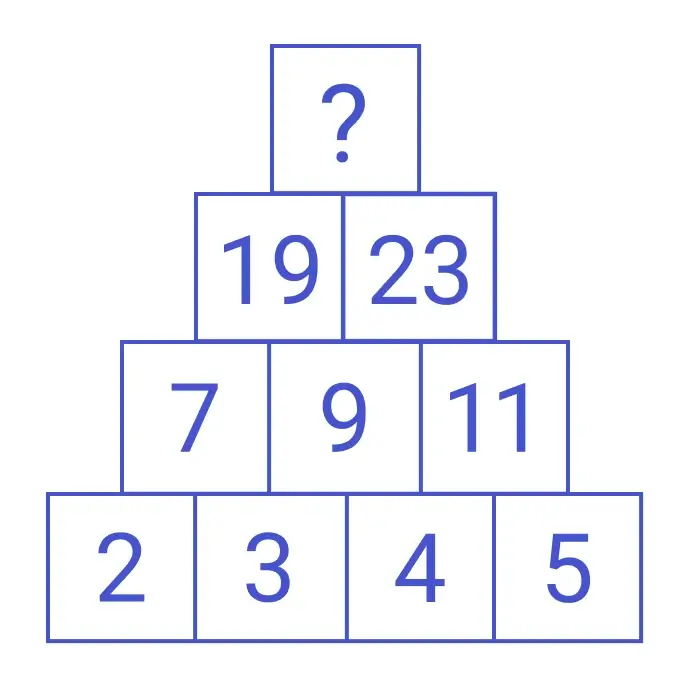
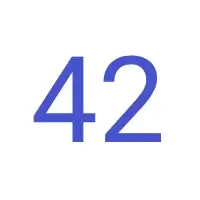
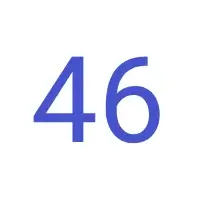
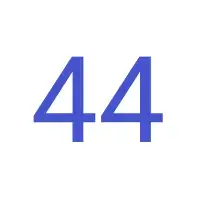
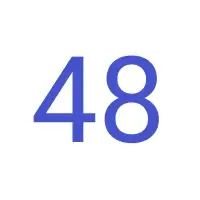
The sequence follows the pattern (Previous number × 2) + 1. Applying this step by step: 4 × 2 + 1 = 9, 9 × 2 + 1 = 19, 19 × 2 + 1 = 39, and 39 × 2 + 1 = 79. Therefore, the missing number is 79.
Question 2
How many triangles do you see in the picture?
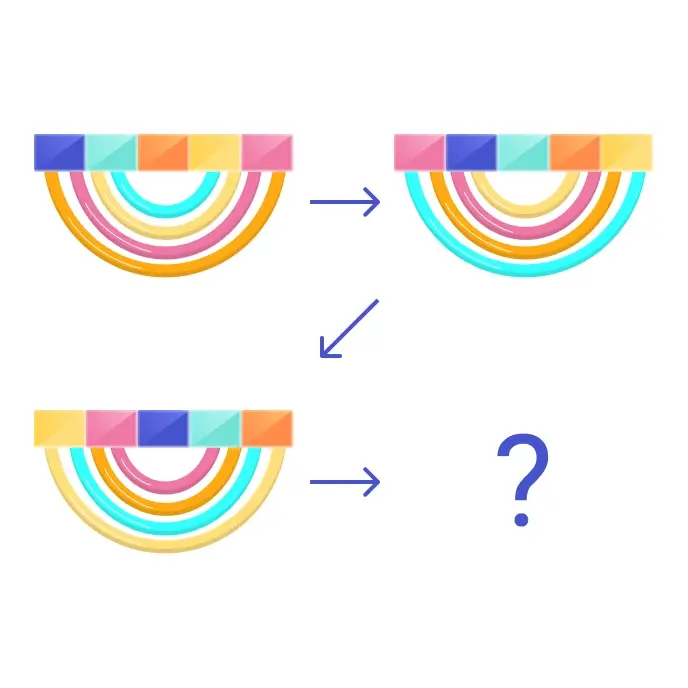
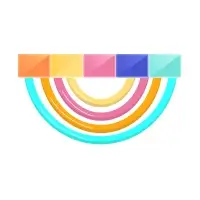

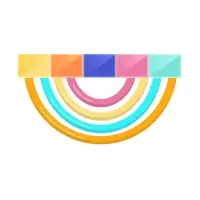
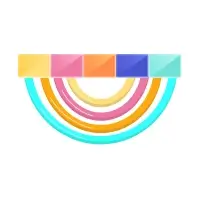
The image consists of 8 small individual triangles, which serve as the building blocks of the pattern. Additionally, 4 medium-sized triangles are formed by combining three small triangles each. Finally, the 1 largest triangle encompasses the entire structure. Adding them all together, the total number of triangles in the image is 15.
Question 3
What is the missing number?
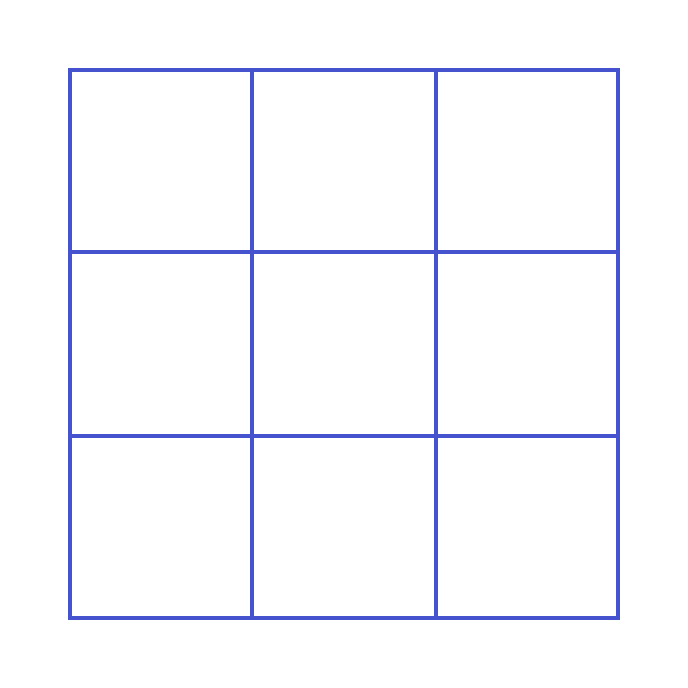
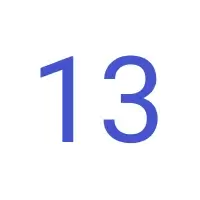
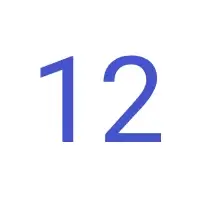
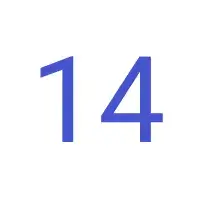
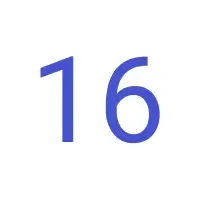
The numbers in the pyramid are calculated from bottom to top, moving left to right, where each number is determined by adding the two numbers directly below it along with an incremental value. Starting from the bottom row (2, 3, 4, 5), the next row is calculated as (2 + 3 + 2 = 7), (3 + 4 + 2 = 9), and (4 + 5 + 2 = 11), using an increment of +2. Moving up, the next row is (7 + 9 + 3 = 19) and (9 + 11 + 3 = 23), with an increment of +3. Finally, the missing number at the top is calculated as (19 + 23 + 4 = 46), using an increment of +4. Therefore, the missing number is 46.
Question 4
How many squares do you see in the picture?

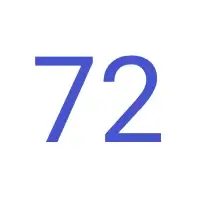

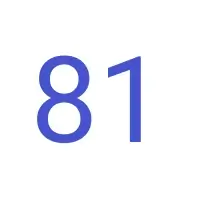
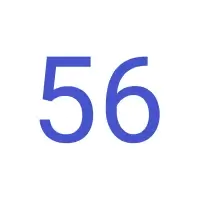
The image consists of a 3×3 grid, where we can count squares of different sizes. There are 9 small unit squares, 4 medium-sized (2×2) squares formed by combining four small squares, and 1 large (3×3) square covering the entire grid. Adding them together, the total number of squares in the image is 14.
Question 5
What is the missing number?
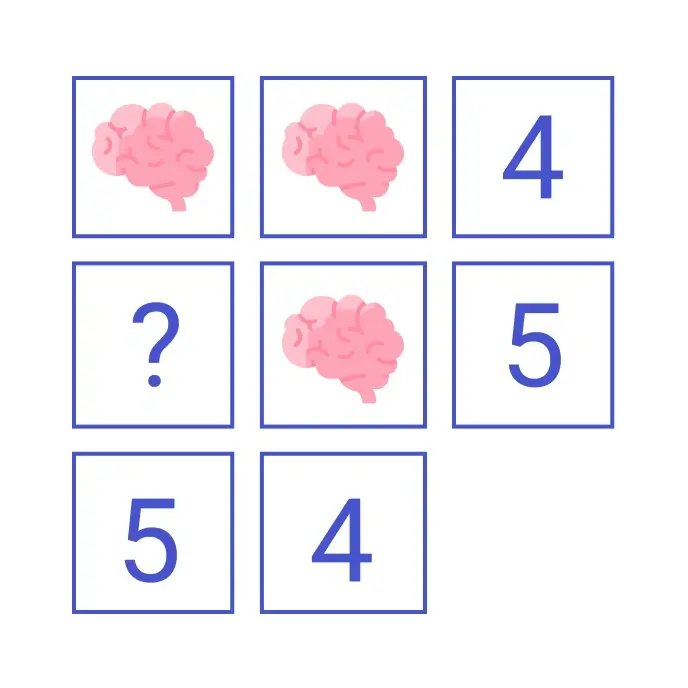
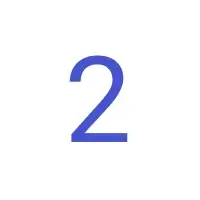

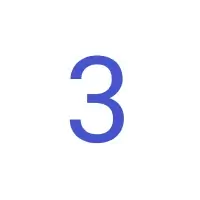
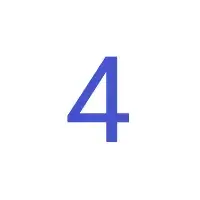
The brain symbol represents 2, and the grid follows a structured pattern both horizontally and vertically. From the first row, we see that brain + brain = 4, confirming that each brain equals 2. In the second row, the equation ? + brain = 5 can be rewritten as ? + 2 = 5, solving for ? = 3. Checking the pattern, the bottom row follows the same logic, ensuring consistency. Since the structure holds across both rows and columns, the missing number is 3.
Question 6
What is the missing number?

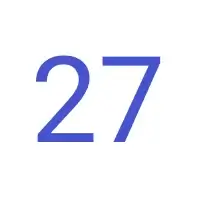
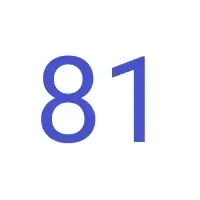
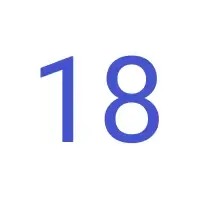

The pattern follows (First digit + Second digit) × (First digit + Second digit). Applying this step by step: 13 × 13 → (1 + 3) × (1 + 3) = 4 × 4 = 16 15 × 15 → (1 + 5) × (1 + 5) = 6 × 6 = 36 17 × 17 → (1 + 7) × (1 + 7) = 8 × 8 = 64 The missing number is 64.
Question 7
Find the missing pair
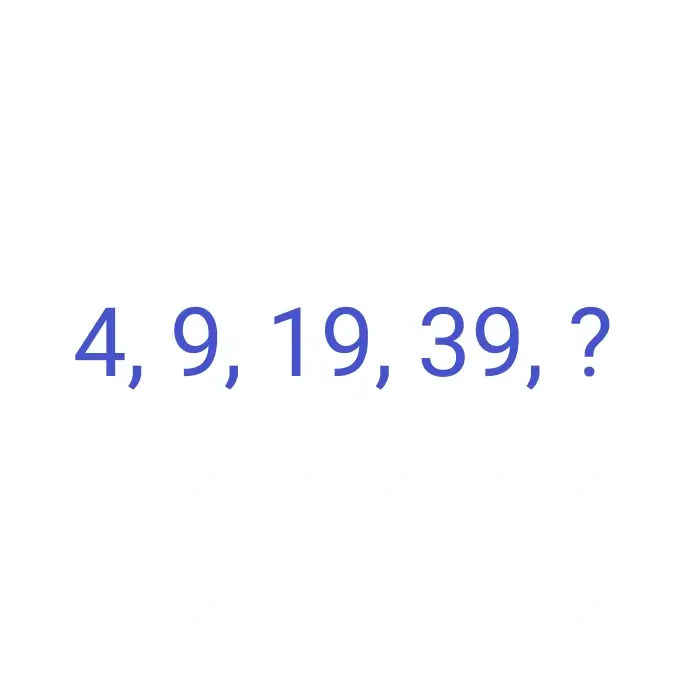
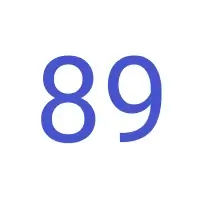
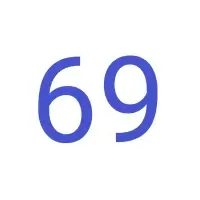
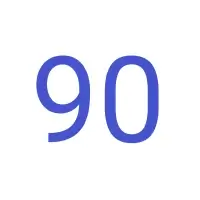
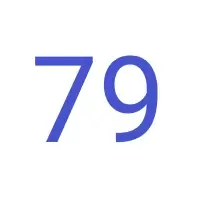
The pattern skips +2 each step: A → (skip B, C) → D → (skip E, F) → G → (skip H, I) → J and 1 → (skip 2, 3) → 4 → (skip 5, 6) → 7 → (skip 8, 9) → 10, so the missing pair is 10 | J.
Question 8
Which option correctly completes the given shape?
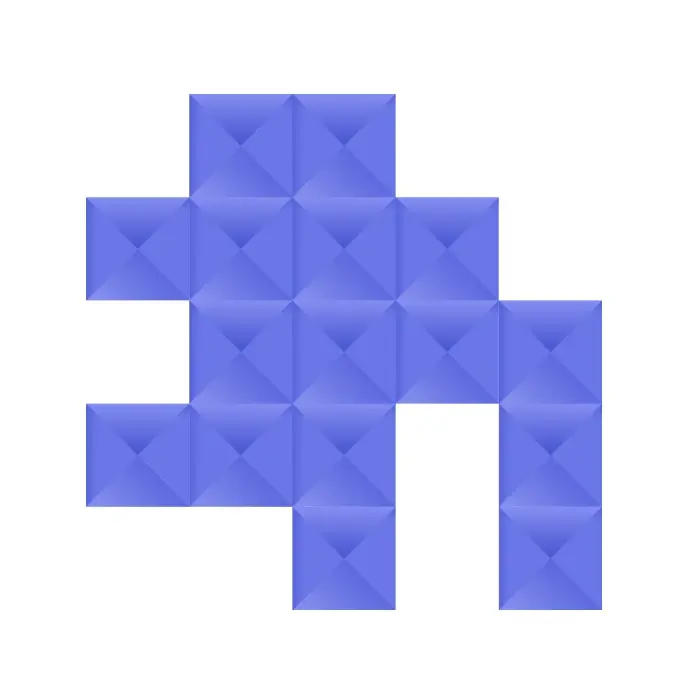
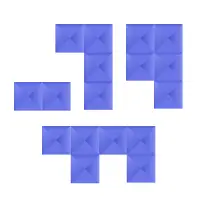
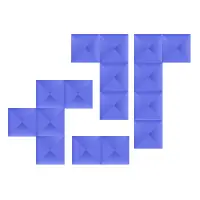
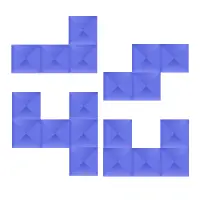
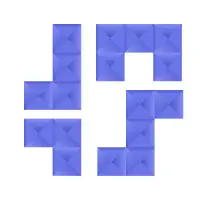
The correct answer is the one that continues the given shape without changing its pattern. It fills in the missing parts exactly, maintaining the same structure and alignment.
Question 9
Which symbol should replace the question mark (?) to complete the pattern?
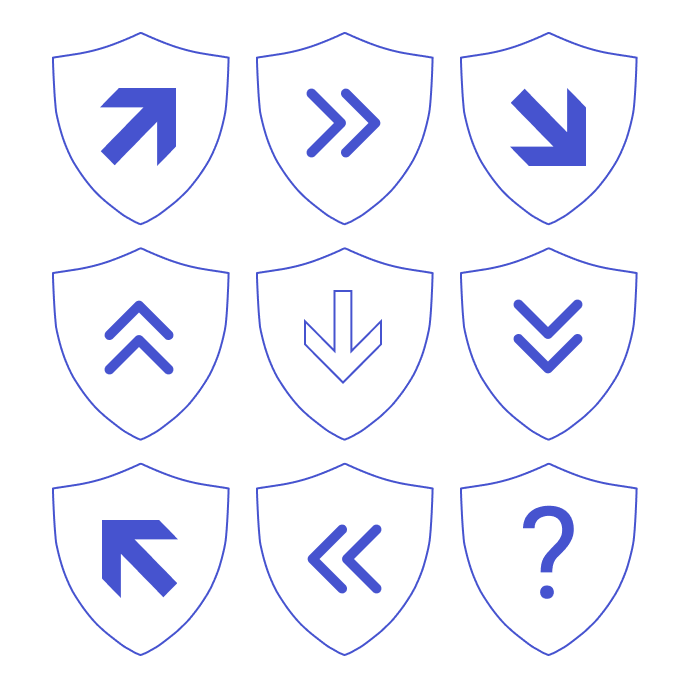




The grid consists of three rows and three columns, where each shield contains an arrow or a chevron. Observing the directional flow of the arrows: First row: Arrows point top-right (↗️️), right (➡️), and bottom-right (↘️) → moving clockwise. Second row (middle row with double chevrons ⏪⏬⏩): These punctuate the sequence and reinforce the movement. Third row (bottom row with missing symbol ?): First shield: The arrow points top-left (↖️). Second shield: The arrow points left (⬅️). Third shield (missing one): Should continue the clockwise pattern, moving to bottom-left (↙️).
Question 10
How many small cubes can fit into the large cube?
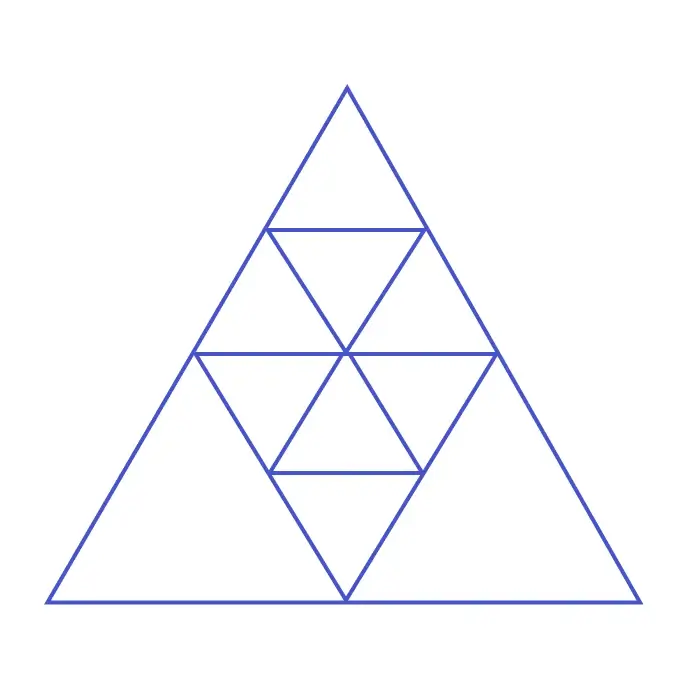
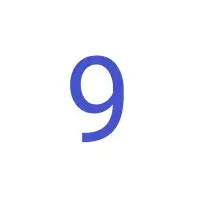
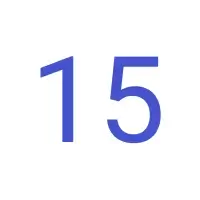
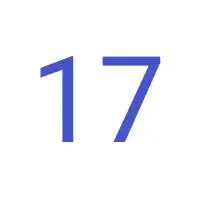
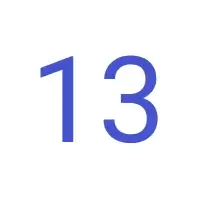
To determine how many small cubes fit into the large cube, we use the formula (Large cube's side ÷ Small cube's side)³. If the large cube's side is 3 times the small cube's side, then the total number of small cubes is 3³ = 27. Therefore, the correct answer is 27.